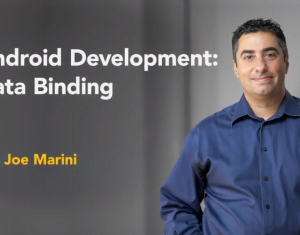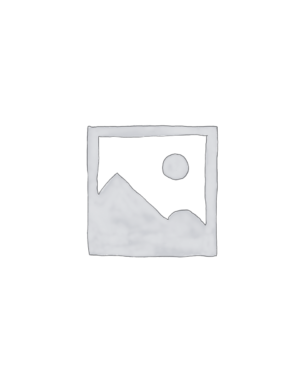Introduction to Sparklyr for Data Science
Original price was: $999.00.$49.00Current price is: $49.00.
This Course is available for download now. You can contact us for Screenshots or Demo. Access for this course will be sent on google drive. Join our telegram channel to see updates and occasional discounts. If you want to pay through Paypal or Card contact us – On Telegram Click Here or contact on Mail – [email protected]
Description
Introduction to Sparklyr for Data Science
Introduction to Sparklyr for Data Science
MP4 | Video: AVC 1280×720 | Audio: AAC 44KHz 2ch | Duration: 1.5 Hours | 601 MB Genre: eLearning | Language: English
Join data scientist Kelly O’Briant for an exploration of sparklyr, the package from RStudio which provides an interface to Apache Spark from R. For many data scientists who rely on R for their work, the paradigm shift from local in-memory computations to scalable distributed data processing can be complicated to navigate. This course provides an easy-to-follow R based method for working with big data. You’ll connect to Spark, run some sparklyr code, and explore some practical applications of Spark SQL and sparklyr functionality. You’ll wrap up by performing some exploratory analysis and feature generation using a Kaggle competition data set. Learners should have a moderate level of experience with doing data science tasks or workflows in R.
Explore the benefits and limitations of choosing sparklyr for distributed computing in R
Discover how to interact with data in Apache Spark through sparklyr and Spark SQL
Understand how to connect to Spark locally or to a remote Spark cluster
Learn to perform exploratory data analysis in Spark using sparklyr, dplyr, and DBI
Master the differences between working with data frames in R versus Spark
Understand how to build data products in R that don’t rely on storing big data locally
Learn about the Sparklyr Data Science Toolkit. Get up and running with an easy-to-follow R based method for working with big data, only in R. You’ll connect to Spark, run some sparklyr code, and explore some practical applications of Spark SQL and sparklyr functionality. You’ll wrap up by performing some exploratory analysis and feature generation using a Kaggle competition data set.




